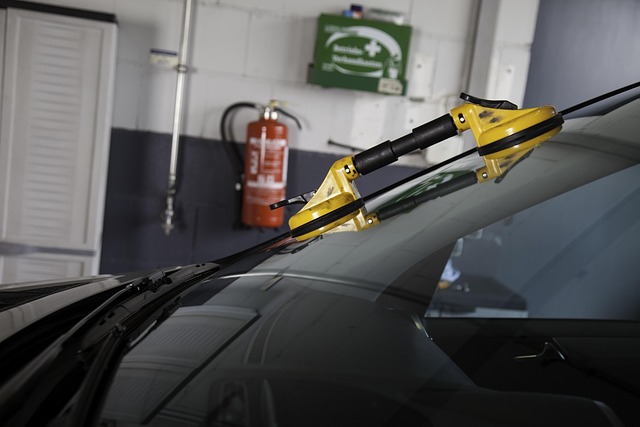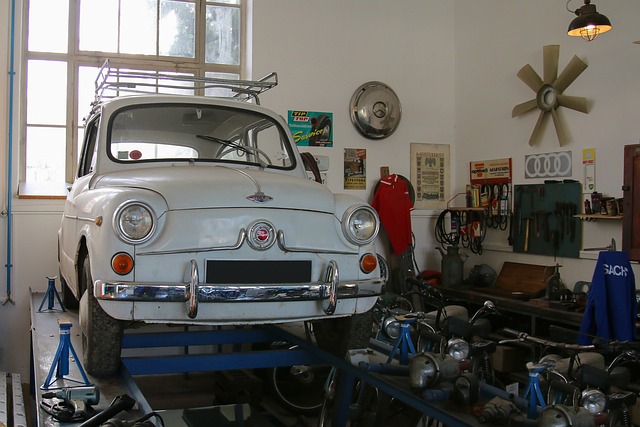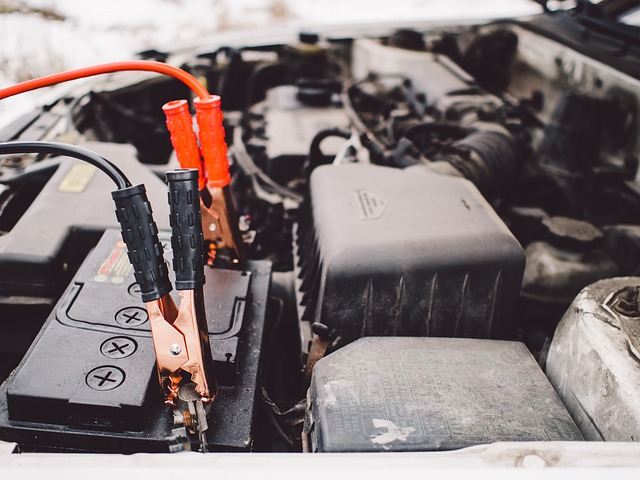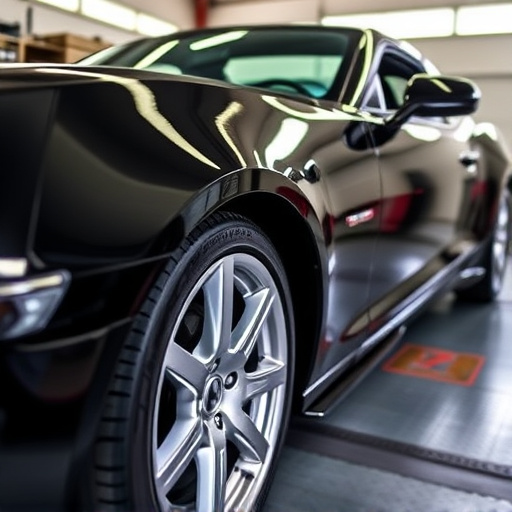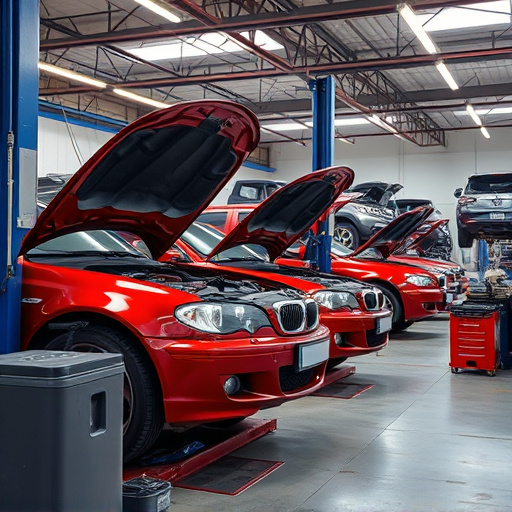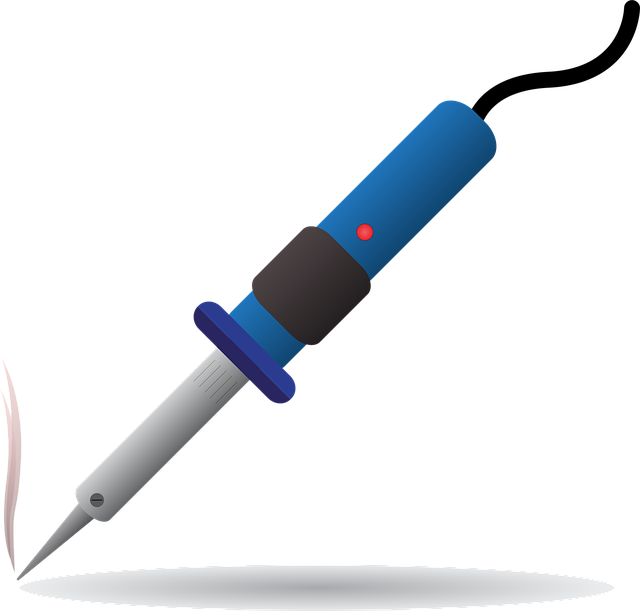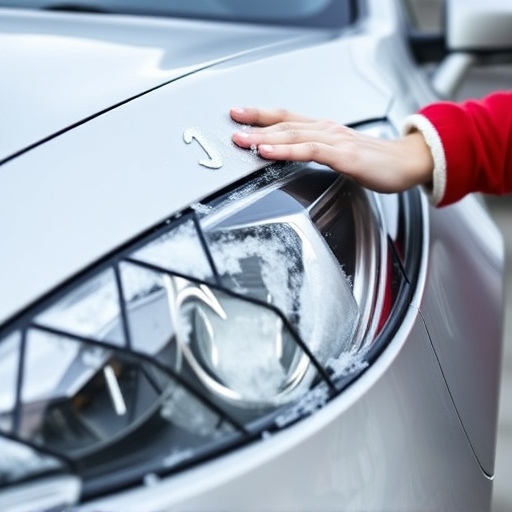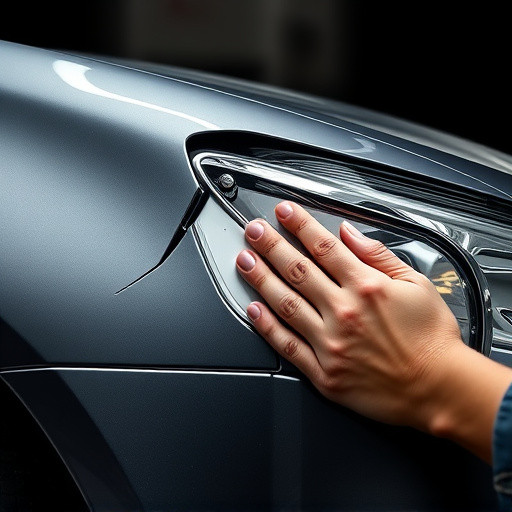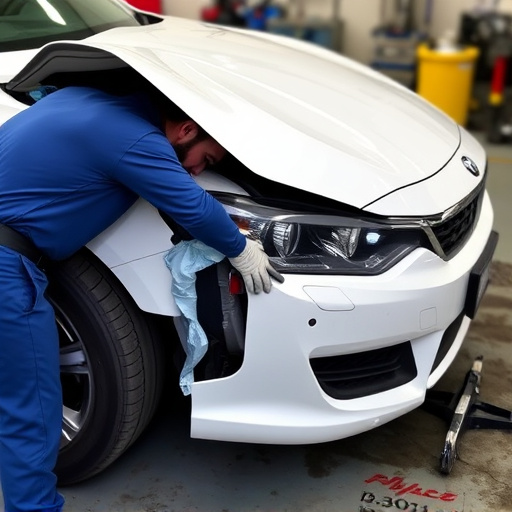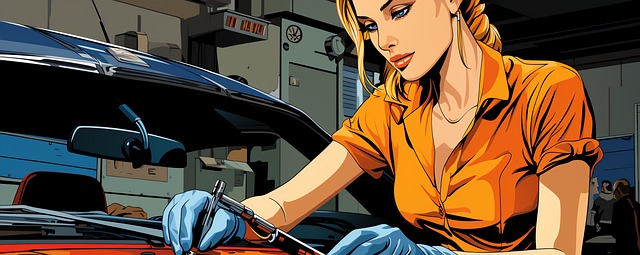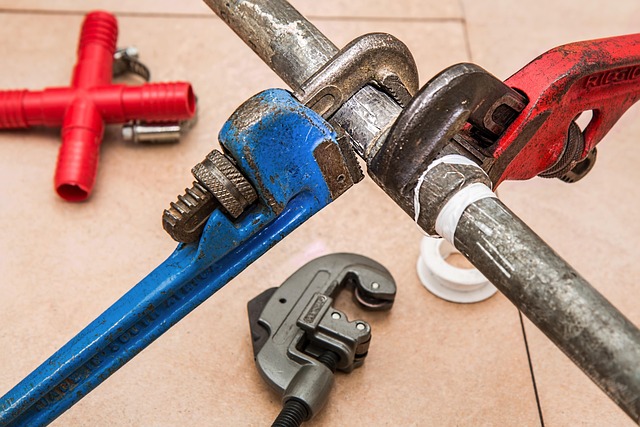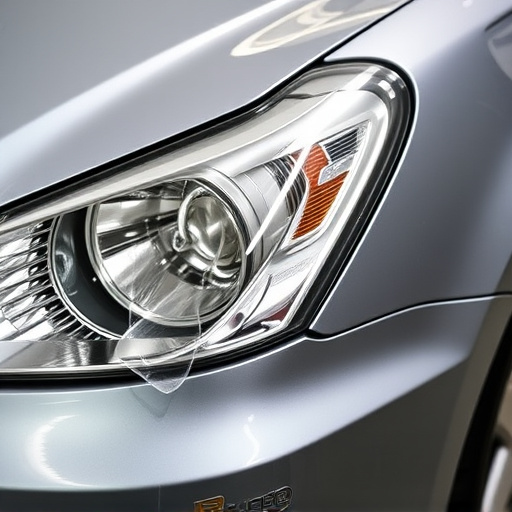Before dent repair on side panels or bumpers, assess damage visually and by measurement. For minor dents, use pliers or paintless dent repair (PDR) techniques to reshape metal without bodywork. Major repairs may require replacement or welding, demanding skill and precision. Reputable body shops offer state-of-the-art services for both aesthetic restoration and safety features using advanced dent repair techniques.
“Discover effective dent repair techniques for side panels and bumpers, catering to both minor and major damage. Begin with a meticulous assessment, visual inspection, and measurement to determine the extent of the issue. For light dents, explore DIY methods such as pliers, putty, and paintless techniques, offering cost-efficient solutions without painting. Severe cases may require replacement, welding, or professional body shop services for comprehensive repairs. Optimize your dent repair journey with these versatile strategies.”
- Assessing Damage: Visual Inspection and Measuring
- Techniques for Minor Dents: Pliers, Putty, and Paintless Methods
- Major Repairs: Replacement, Welding, and Professional Body Shops
Assessing Damage: Visual Inspection and Measuring
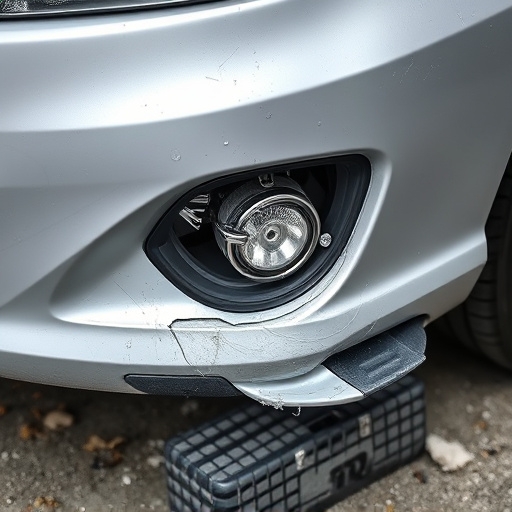
Before diving into any dent repair techniques for side panels or bumpers, a thorough assessment of the damage is crucial. This initial step involves a visual inspection to identify the extent and type of dents present. Look for dings, cracks, or deep depressions that may require different approaches during the repair process. Additionally, measuring the damaged area helps in gauging the amount of material that needs to be adjusted or replaced.
During this phase, consider factors such as the size and depth of the dent, its location on the vehicle body (side panel or bumper), and any underlying damage. These observations will guide selection of appropriate tools and techniques, ensuring effective car damage repair for a seamless fender repair outcome.
Techniques for Minor Dents: Pliers, Putty, and Paintless Methods
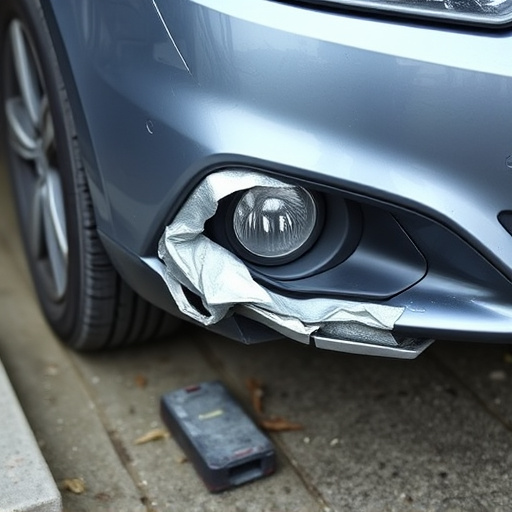
For minor dents on side panels and bumpers, there are several effective dent repair techniques that can restore your vehicle’s appearance without extensive bodywork. One of the simplest methods involves using pliers to gently pry out and reshape the dented area. This technique is ideal for shallow depressions and requires a good eye for detail. After reshaping, applying putty can help fill in any remaining imperfections, creating a smooth surface ready for painting.
Alternatively, paintless dent repair (PDR) methods have gained popularity due to their non-invasive nature. PDR specialists use specialized tools to push and pull the metal back into place without damaging the surrounding panel or paint job. This technique is particularly effective on shallow dents and can save time and money compared to traditional vehicle body repair, preserving the original factory finish of your car bodywork.
Major Repairs: Replacement, Welding, and Professional Body Shops
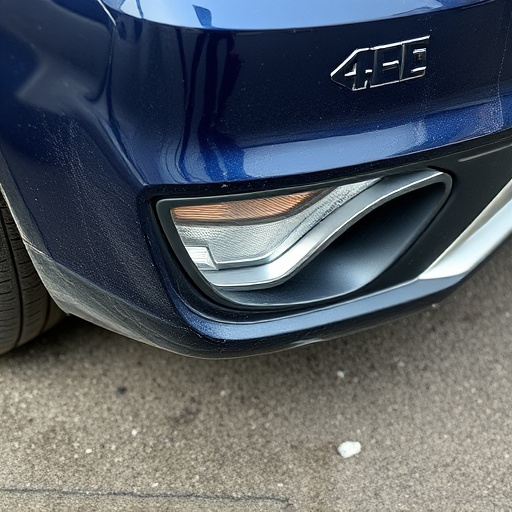
When it comes to major dent repairs on side panels and bumpers, several advanced techniques come into play that require skill and precision. For significant damage, replacement is often the best option. This involves removing the damaged panel or bumper and installing a new one, ensuring a perfect fit and finish. Many modern vehicles have complex designs, making it crucial to match the original specifications during replacement.
Welding is another critical dent repair technique for metal components. Skilled technicians use specialized equipment to join the damaged area with the surrounding panel, restoring structural integrity. For those seeking professional services, reputable car body shops offer state-of-the-art facilities and experienced mechanics who can handle complex repairs, including auto painting services to match the vehicle’s original color perfectly. These shops prioritize customer satisfaction by delivering high-quality results that restore the car’s aesthetic appeal and safety features.
In conclusion, dent repair techniques for side panels and bumpers vary greatly depending on the severity of the damage. From simple tools like pliers and putty for minor dents to complex processes such as replacement, welding, or professional body shop services for major repairs, understanding these methods empowers vehicle owners to make informed decisions. Choosing the right approach ensures not only effective dent removal but also preserves the car’s aesthetic value. By familiarizing themselves with these techniques, folks can navigate their way through dent repair, fostering a sense of accomplishment and saving them time and money.
